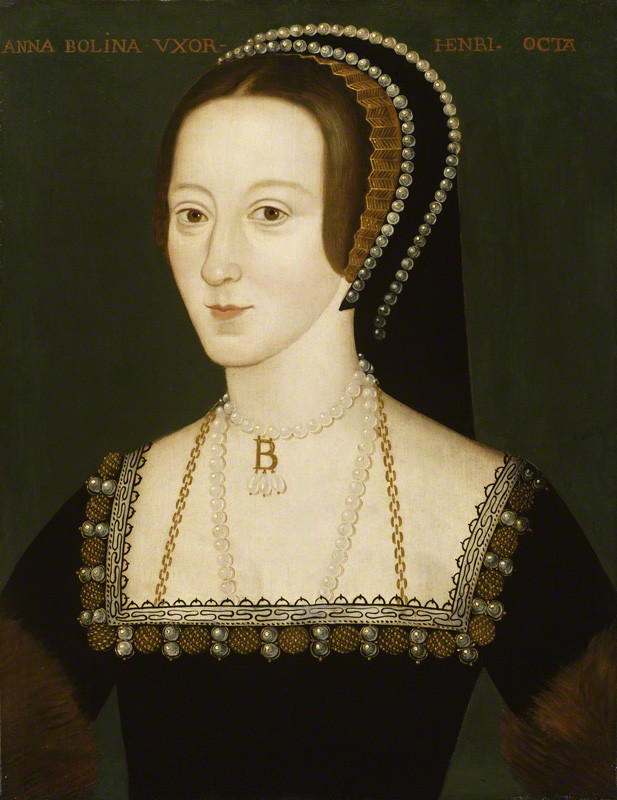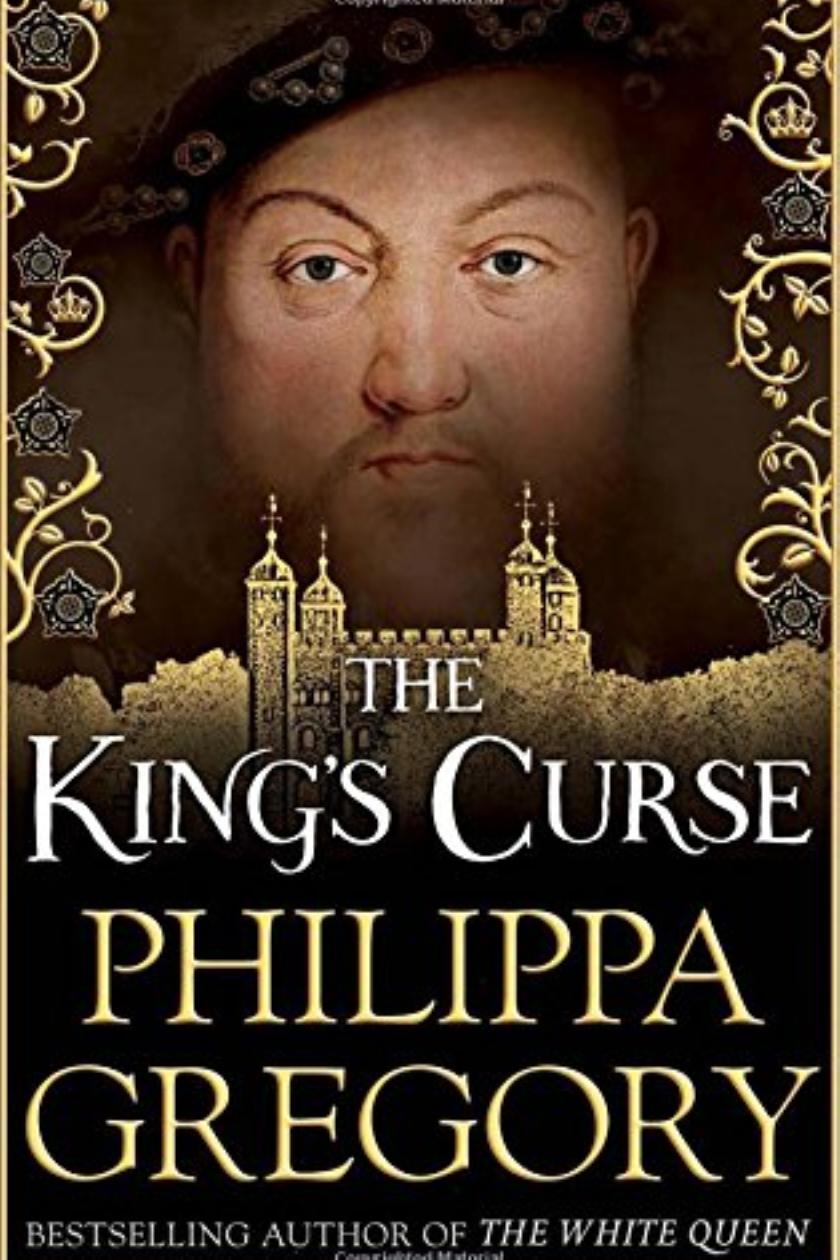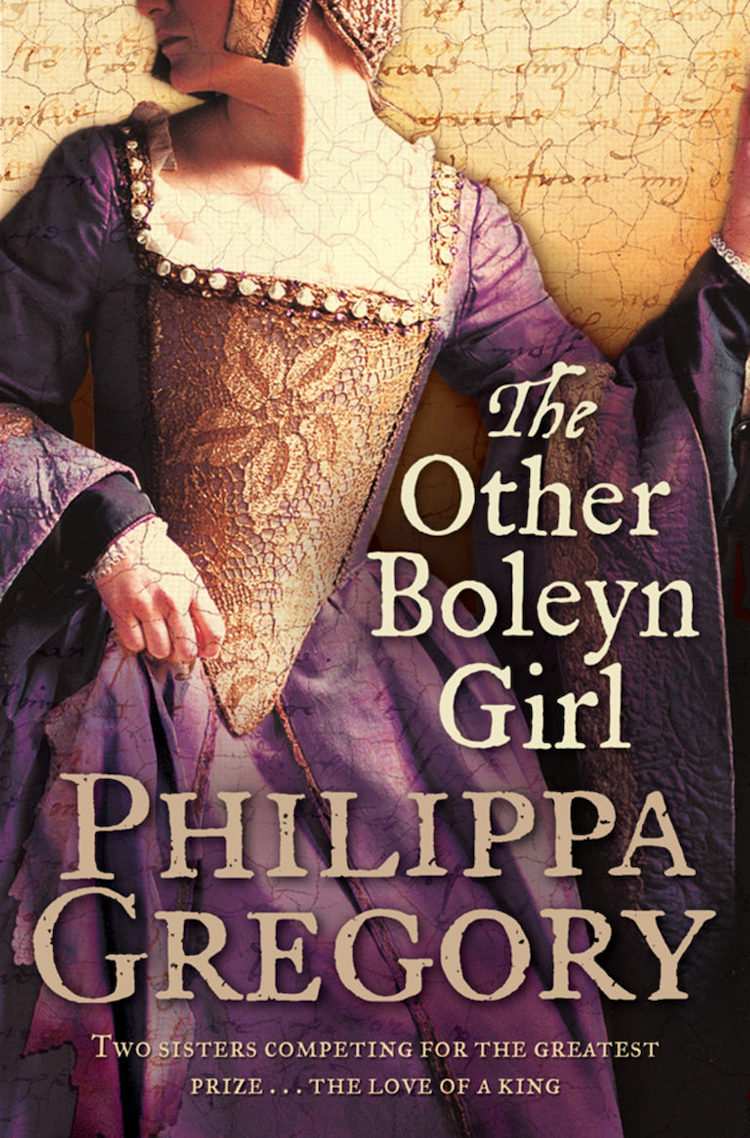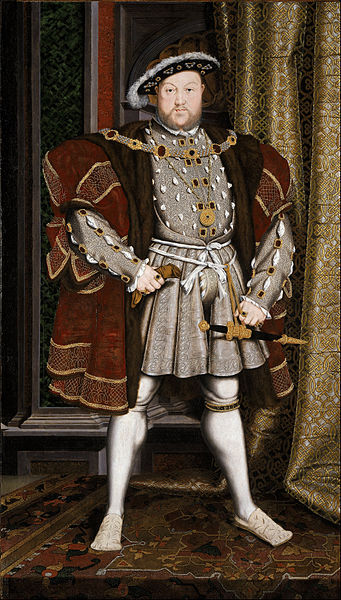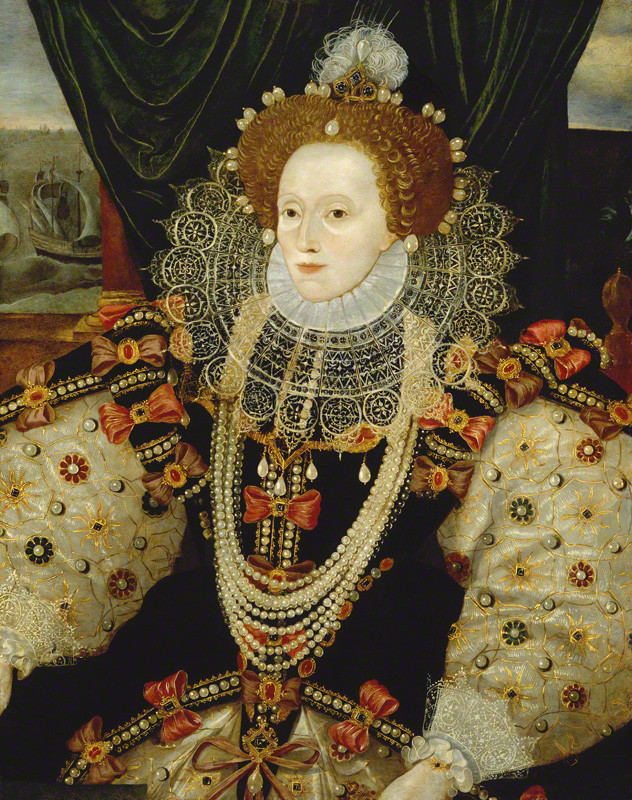Full bio coming soon.
From The King’s Curse
She stands surrounded by a circle of the most handsome men of the court, the centre of attention in the beautiful arched hall, her dark head crowned by a French hood of deep crimson set with rubies and gold thread. She does not look out of place, she does not look shamed as she should, a lady in waiting who has forgotten her place. Instead, she looks utterly triumphant. She sweeps a shallow curtsey, her red velvet gown spread wide, and she does not hurry to join the queen’s train, as she should.
There is a momentary pause, almost an intake of breath, and then the queen looks from her husband to the Boleyn girl as if she realises that something new and strange is happening here. The young woman is not going to withdraw from the hall following the queen, walking behind the superior ladies in order of strict precedence – and since she was born the daughter of a simple knight there are very many of us to precede her. She is not coming at all. In this one act she has changed everything. And the queen is not ordering her. And the king is allowing this.
‘I’m ready,’ Anne said and rose to her feet. The rest of her court came into the room and the ladies in waiting arranged the long train of her cape, I straightened her headdress, and spread her long dark hair over her shoulders.
Then my sister, the Boleyn girl, went out to be crowned Queen of England.
Only when the news finally came from London could I learn what my cousin Queen Anne had done. My maid told me, I can hear her now telling me, that Lady Anne was accused of terrible crimes, adultery with many men, her brother among them, witchcraft, treason, bewitching the king, a string of horrors from which only one thing stood out to me, an aghast little girl: that her accuser was her uncle, my uncle Norfolk. That he presided over the court, that he pronounced her death sentence and that his son, my handsome cousin, went to the Tower like a man might go to a fair, dressed in his best, to see his cousin beheaded.
I think of her mother, Anne Boleyn, sweating at the May Day joust, knowing her danger but not knowing what form it would take. ‘Certain?’
‘You don’t think I was cuckolded?’ he demands. ‘You don’t think she is another man’s child? Do you deny her mother’s guilt? I had her mother beheaded for that guilt.’
She is the spit of him. Her brassy hair, her white skin, her stubborn little pout of a mouth. But if I deny her mother’s guilt I accuse him of being a wife-killer, a jealous fool who put an innocent woman to death on the gossip of old midwives. ‘Whatever Anne Boleyn did in later years, I believe that Elizabeth is yours,’ I say carefully. ‘She is a little copy of you. She is Tudor through and through.’
From The Queen's Fool
Those days and then weeks in the Tower with the princess were the worst ones of my life in England, the worst days for Elizabeth too. She went into a sort of trance of unhappiness and fear which nothing could lift. She knew that she was going to die, and in the very same spot where they had beheaded her mother Anne Boleyn, her aunt Jane Rochford, her cousin Catherine Howard, and her cousin Jane Grey. There was a lot of family blood already soaked into that earth, and soon hers would join it. That spot, unmarked by any stone on the green inside the walls of the Tower, overshadowed by the White Tower, was the dying ground for the women of her family.
From The Virgin's Lover
‘It’s the painter, sir. He asked was he to do the Boleyn family too?’
‘The queen’s mother?’
The clerk did not blink. He named the woman who had been beheaded for treason, witchcraft and incestuous adultery against the king, and whose name had been banned ever since. ‘The Lady Anne Boleyn, sir.’
Robert pushed back his jewelled velvet cap and scratched his thick, dark hair, looking in his anxiety much younger than his twenty-five years.
‘Yes,’ he said finally. ‘She’s the queen’s mother. She can’t just be a gap. We can’t just ignore her. She has to be our honourable Lady Anne Boleyn, Queen of England, and mother of the queen.’
Image: Anne Boleyn by unknown artist, late 16th century, National Portrait Gallery (NPG 668)
